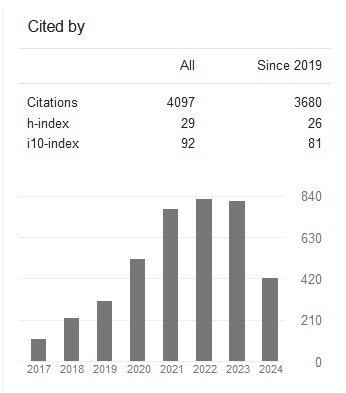Dynamic Stress Analysis with Different boundry Conditions by ISO-Surface behaviour( Vol-1,Issue-2,May - 2015 ) |
|
Author(s): Parth K Pandya, Anuj Kumar Sehgal |
|
Keywords: |
|
|
|
|
Abstract: |
|
|
Any CAE (Computer Aided Engineering) software the first result will be in contour manner which comes with the colour scale (Legend).But that will only give rough scenario about what is happening inside the layers in object when force is applied. That result is in iso-surface mode. Different members like Slabs, Beams and beam column joints behavior can be decided by the plane stress. An iso-surface is a three-dimensional analog of an iso-line. It is a surface that represents points of a constant value within a volume of space. Computer aided investigations on a solid object are carried out using the ANSYS 15.0 software to verify maximum stress and its location. To predict detailed stress values with 3D model created itself by Ansys 15.0 15. Solid object is made with the two imprinted faces on it for the application of dynamic analysis. Dynamic analysis is done by dividing time in to fractions & after that iso-surface is studied. Material used during the research is structural steel due to its importance and availability. The behavior of iso-surface changes with respect to the boundary condition viz. contact area of force. Visual representations of iso-surfaces are ubiquitous in the scientific and engineering literature. In this paper, we present techniques to assess the behavior of iso-surface extraction codes. More concretely, we derive formulas for the expected order of accuracy (or convergence rate) of several iso-surface features, and compare them to experimentally observed results in the selected codes. This technique is practical: in two cases, it exposed actual problems in implementations. We provide the reader with the range of responses they can expect to encounter with iso-surface techniques, both under "normal operating conditions" and also under adverse conditions. Armed with this information the results of the verification process--practitioners can judiciously select the iso-surface extraction technique appropriate for their problem of interest, and have confidence in its behavior. The material taken is structural steel in which the linear behavior is taken consideration in this case. |
|
Cite This Article: |
|
| Show All (MLA | APA | Chicago | Harvard | IEEE | Bibtex) | |
Share: |
|

 DOI:
DOI: 



























